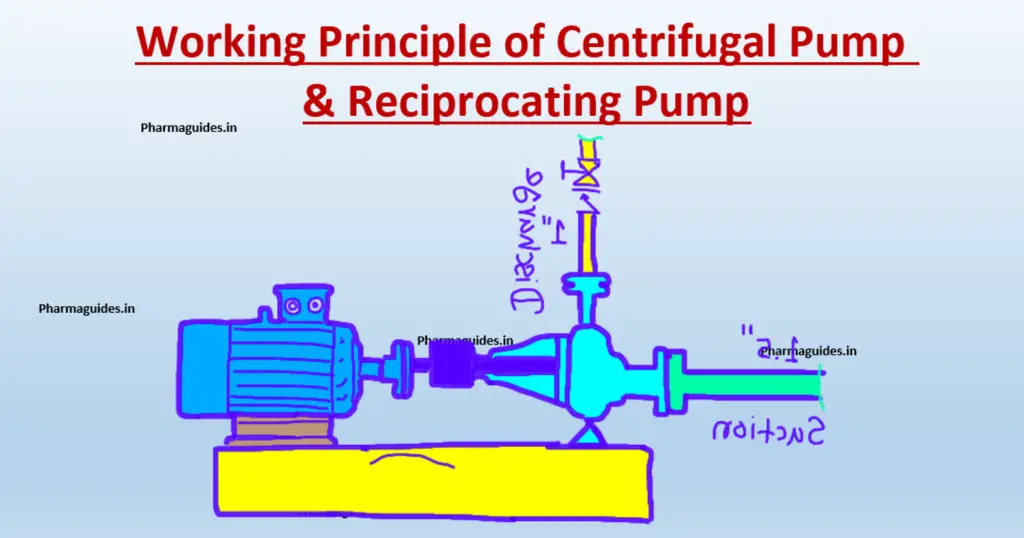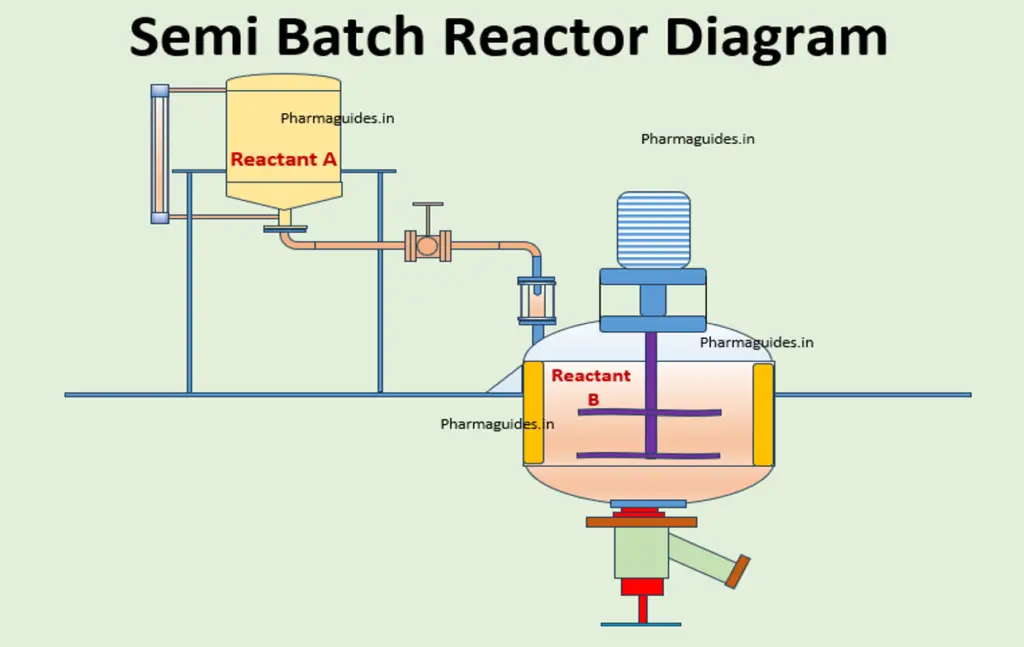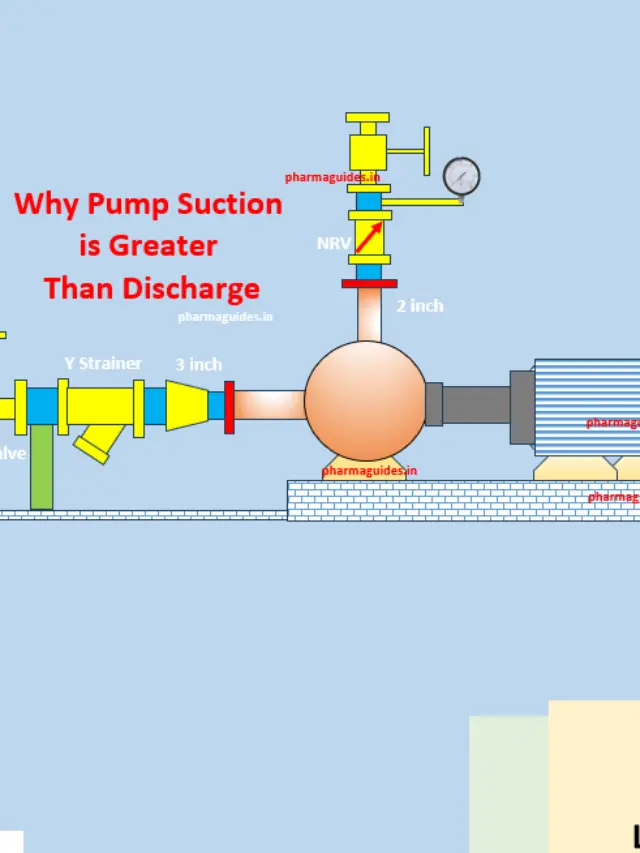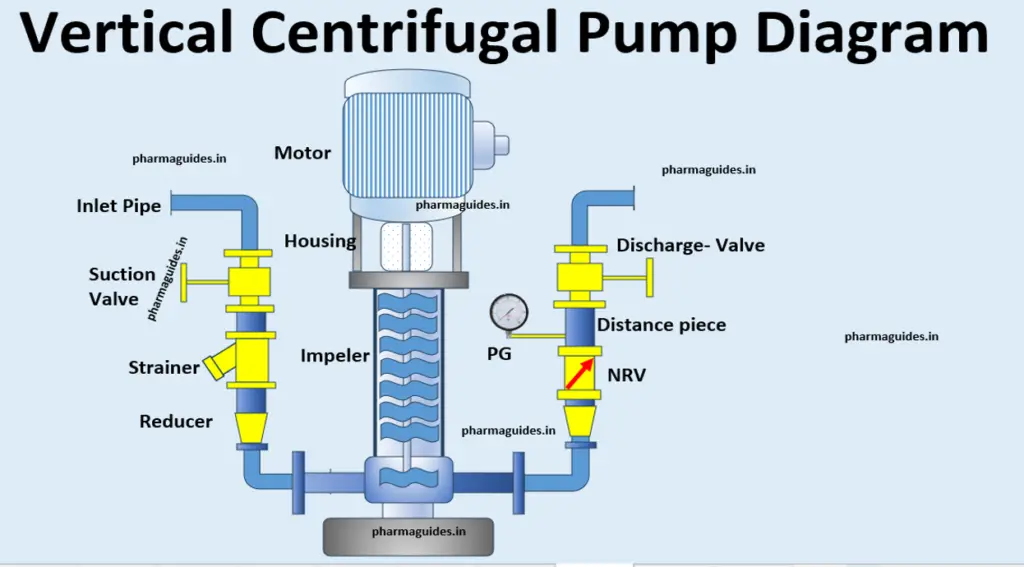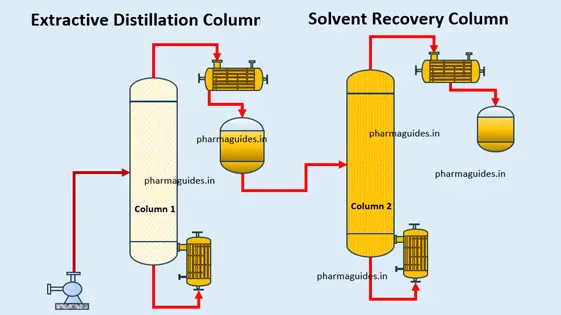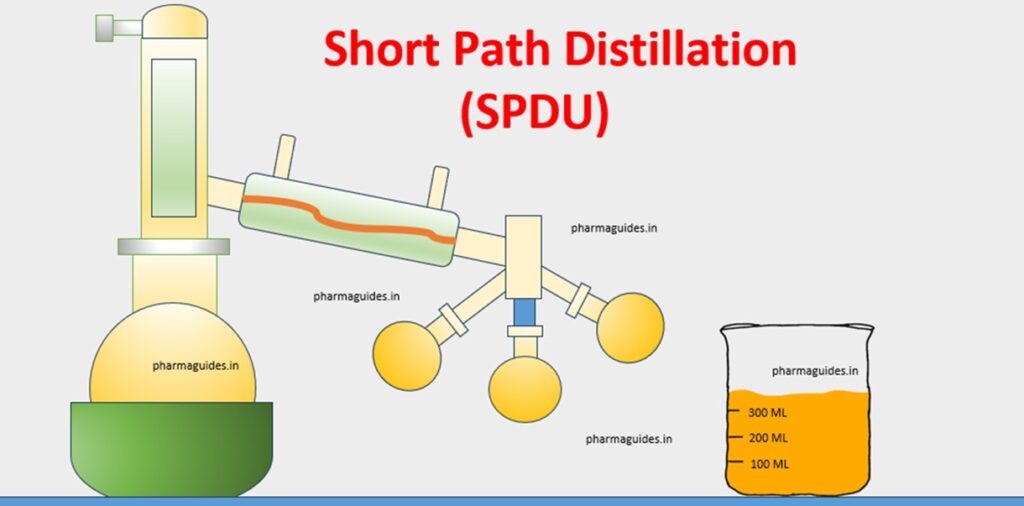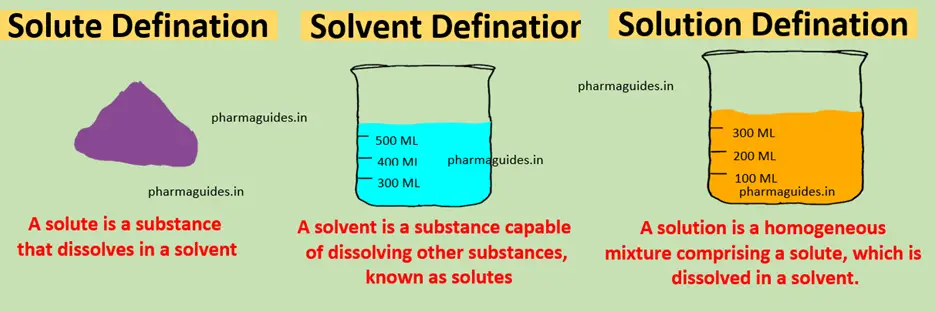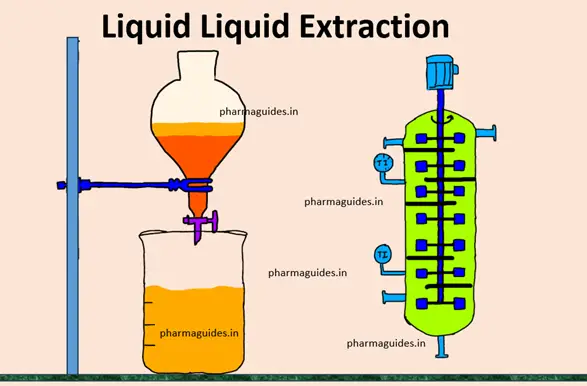Working principle of solid bowl centrifuge – Types, Parts, design (pdf) 4.0
Article Contents
Working principle of solid bowl centrifuge
Centrifuge is device or machine who differentiate two different type material or fluid like solid-solid ,
liquid liquid and solid liquid with the help of centrifugation process. In other words it is a machine who separate to different fluid by the help of of balancing the component of gravity force and centrifugal force in the radial direction. In Sedimentation the principles of centrifuge are also important. Application can be widely in coal and mining industry. In this article our mainly focus in bowl type centrifuge. We will discuss in detail.
Working principle of solid bowl centrifuge is very easy this is work on different in density. Bowl type centrifuge mostly used for separation liquid and liquid.
In the realm of industrial separation processes, the solid bowl centrifuge stands tall as a workhorse that efficiently separates solids from liquids. A marvel of engineering and precision, this high-performance machine plays a critical role in a wide range of industries, from wastewater treatment to food processing. In this article, we will delve into the world of solid bowl centrifuges, exploring their design, applications, and the significant impact they have on various sectors.
Understanding the Solid Bowl Centrifuge
The solid bowl centrifuge, also known as a decanter centrifuge or simply decanter, is a specialized equipment designed for continuous separation of suspensions with solid and liquid phases. Its primary function is to separate solids from liquids based on their density differences under the influence of centrifugal force.
Parts of Bowl Centrifuge
Certainly! Here is a detailed explanation of the parts of a solid bowl centrifuge without a conclusion:
- Bowl:
The bowl is the main component of the solid bowl centrifuge and is typically made of stainless steel to withstand the high rotational speeds. It has a cylindrical shape with a conical end, which allows for efficient separation of solid and liquid phases. - Scroll Conveyor:
Inside the bowl, a scroll conveyor is installed. The scroll is a helical screw that runs axially along the length of the bowl. Its function is to convey the separated solids from the feed end to the discharge end during the separation process. The differential speed between the bowl and the scroll creates a conveying action, pushing the settled solids towards the discharge ports. - Differential Speed Gearbox:
The differential speed gearbox is responsible for controlling the speed difference between the bowl and the scroll conveyor. This speed difference is crucial for the proper functioning of the scroll, ensuring effective discharge of the separated solids. - Drive System:
The drive system provides the necessary power to rotate the bowl and the scroll at the desired speed. It typically consists of an electric motor connected to the centrifuge’s shaft through a belt or direct coupling. - Feed Pipe:
The feed pipe serves as the entry point through which the feed material, a mixture of solid and liquid phases, is introduced into the centrifuge bowl. Proper design and positioning of the feed pipe ensure uniform distribution of the feed throughout the bowl’s circumference. - Solids Discharge Ports:
At the conical end of the bowl, there are solids discharge ports. These openings allow the separated solids to exit the centrifuge after settling at the bowl’s walls. The size and number of discharge ports are designed to optimize solids discharge efficiency. - Liquid Overflow Weir:
Located at the opposite end of the bowl from the solids discharge ports, the liquid overflow weir controls the level of clarified liquid (centrate) in the bowl. It ensures that the liquid phase overflows while retaining the settled solids inside the bowl. - Frame and Base:
The frame and base provide the structural support for the centrifuge components. They are designed to withstand the forces generated during high-speed operation, ensuring stability and safety. - Control System:
A control system is an essential component of a solid bowl centrifuge. It monitors and regulates various parameters, such as rotational speed, feed rate, and differential speed. The control system helps maintain the desired separation efficiency and ensures safe and reliable operation. - Safety Features:
Solid bowl centrifuges are equipped with various safety features to protect operators and the equipment. Emergency shutdown mechanisms, vibration sensors, and interlocks are commonly incorporated to prevent accidents and equipment damage.

Design and Operating Principle
Designing a solid bowl centrifuge involves several key steps, which can be outlined as follows:
Step 1: Define the Separation Requirements
In this initial stage, the design team must establish the specific requirements for the solid bowl centrifuge. This includes determining the desired capacity, the characteristics of the feed material (such as particle size and density), the required separation efficiency, and the operating conditions (e.g., rotational speed and feed flow rate).
Step 2: Bowl Diameter and Length Calculation
The dimensions of the centrifuge bowl play a crucial role in achieving the desired separation performance. The bowl diameter and length are determined based on factors like the feed rate and the residence time required for effective separation. The formula to calculate the bowl volume (V_bowl) is as follows:
V_bowl = π * R^2 * L
Where:
- V_bowl = Bowl volume
- π (pi) = 3.14159 (approximate value)
- R = Bowl radius
- L = Bowl length
Step 3: Determining the Scroll Conveyor Parameters
The scroll conveyor inside the bowl is responsible for conveying the separated solids towards the discharge end. The dimensions of the scroll, such as the pitch and diameter, are essential for efficient solids conveyance. These parameters are chosen based on factors like the bowl diameter and the intended discharge rate.
Step 4: Calculating Bowl Speed
The rotational speed of the centrifuge (RPM) is a critical factor that affects separation efficiency. It is determined based on the settling characteristics of the solids and the required centrifugal force for effective separation. The formula to calculate the bowl speed (RPM) is:
RPM = (g * (D_bowl/2)) / (π * (1 – e) * (T_s – T_d))
Where:
- g = Acceleration due to gravity (9.81 m/s^2)
- D_bowl = Bowl diameter
- e = Scroll clearance (fractional value, usually around 0.1 to 0.2)
- T_s = Settling time of solids (time taken for the solid to travel from the feed point to the discharge end)
- T_d = Differential time (time taken for the liquid to overflow from the opposite end of the bowl)
Step 5: Structural Design
The centrifuge must be designed with structural integrity to withstand the high rotational speeds and forces involved in the separation process. The material of construction and wall thickness should be selected accordingly.
Step 6: Drive System
A drive system is required to rotate the centrifuge bowl at the calculated speed. This could be an electric motor or any other suitable power source.
Step 7: Control System and Safety Features
An effective control system is essential for monitoring and controlling the separation process. Additionally, safety features, such as emergency shutdown mechanisms and vibration sensors, must be incorporated to ensure safe operation.
Step 8: Prototype and Testing
After completing the design, a prototype of the solid bowl centrifuge is built and subjected to rigorous testing to validate its performance and efficiency. Adjustments and refinements may be made based on the test results.
Inside the bowl, there is a scroll conveyor that rotates at a slightly different speed than the bowl itself. This differential speed creates a conveying action, pushing the separated solids towards the conical end, where they are discharged through ports. The clarified liquid phase, also known as the centrate, overflows from the opposite end of the bowl and is collected for further processing or disposal.
Download PDF
Applications of Solid Bowl Centrifuges
- Wastewater Treatment: Solid bowl centrifuges play a vital role in wastewater treatment plants, where they efficiently dewater sludge and separate solid particles from wastewater. This results in reduced sludge volume for disposal and cleaner water that can be safely released back into the environment.
- Food and Beverage Industry: In food processing applications, decanters are used to separate liquids from solids, such as separating fruit juices from pulp or extracting oil from seeds. This ensures higher product purity and quality.
- Chemical and Pharmaceutical Industries: Solid bowl centrifuges are utilized for separating fine particles and crystals from liquids, as well as for clarifying liquids in chemical and pharmaceutical processes.
- Oil and Gas Industry: In oil and gas exploration and production, decanters are used for separating oil and water mixtures, removing solids and impurities from drilling mud, and processing oily sludge.
- Mining and Minerals: Solid bowl centrifuges are employed in the mining industry to dewater minerals and ores, allowing for easier transportation and handling of the processed materials.
Advantages of types of bowl centrifuge
- Continuous Operation: Solid bowl centrifuges can operate continuously, allowing for high throughput and consistent separation efficiency.
- Low Energy Consumption: Compared to other separation methods, centrifuges consume relatively low energy, making them cost-effective over the long term.
- Versatility: These machines can handle a wide range of materials and are easily adaptable to different processing requirements.
- Reduced Environmental Impact: By efficiently separating solids from liquids, solid bowl centrifuges contribute to minimizing environmental pollution and promoting sustainable practices.

Type of bowl centrifuge
Solid bowl centrifuges, also known as decanter centrifuges, come in various configurations, each tailored to specific industrial applications and separation requirements. Here are the main types of solid bowl centrifuges:
Horizontal Solid Bowl Centrifuge
The horizontal solid bowl centrifuge is the most common type and features a horizontally aligned rotating bowl. This design is highly versatile and widely used in various industries, including wastewater treatment, food processing, and chemical industries. The horizontally oriented bowl allows for continuous separation of solids from liquids, and the scroll conveyor inside facilitates the discharge of separated solids.
Vertical Solid Bowl Centrifuge
In contrast to the horizontal type, the vertical solid bowl centrifuge has a vertically aligned bowl. This design is commonly used in applications where the solids have a high density and need to settle quickly. The vertical configuration allows for efficient dewatering and thickening of solid-liquid mixtures.
Conical Solid Bowl Centrifuge
The conical solid bowl centrifuge features a bowl with a conical shape, narrowing towards the discharge end. This design is particularly useful for processes where higher separation efficiency is required. The conical bowl promotes better separation of the solids and allows for higher throughput.
Scroll Discharge Solid Bowl Centrifuge
The scroll discharge solid bowl centrifuge, as mentioned earlier, utilizes a scroll conveyor inside the bowl to convey separated solids towards the discharge end. This type of centrifuge is widely used for continuous and automated operation in various industries.
Piston Pusher Solid Bowl Centrifuge
The piston pusher solid bowl centrifuge is an advanced design that uses a hydraulic piston to push the separated solids out of the bowl. This type is suitable for applications where the solids tend to stick to the bowl’s walls, and a more forceful discharge mechanism is required.
Peeler Centrifuge
The peeler centrifuge is a specialized type of solid bowl centrifuge used primarily for dewatering and drying applications. It has a unique design with a rotating inner basket and a stationary outer casing. After the separation process, the rotating basket “peels” the solids from the walls of the casing, making it ideal for processing crystalline or sticky materials.
Screen Scroll Centrifuge
The screen scroll centrifuge combines features of a solid bowl centrifuge with those of a screen centrifuge. It utilizes a conical solid bowl and a screen scroll inside to efficiently separate solids from liquids and drain excess liquid from the separated solids.
Each type of solid bowl centrifuge offers distinct advantages and is selected based on the specific characteristics of the material being processed and the desired separation performance. Industries often opt for custom configurations to maximize efficiency and optimize their processes according to their unique requirements.
The solid bowl centrifuge stands as a testament to the wonders of separation technology. With its ability to efficiently and continuously separate solids from liquids, it has found applications in numerous industries, driving cleaner processes and resource optimization. As technology continues to advance, we can expect solid bowl centrifuges to play an even more significant role in shaping a sustainable and environmentally conscious future
Read Also,
types of centrifuge used in Chemical industry
How it work ?
working principle of this type centrifuge is similar to Sedimentation process by using
centrifugation and gravitational force by balancing. Irrespective to use of separate liquid -liquid it is also used
in the solid and liquid designing of the bowl centrifuge based on Alpha Laval centrifuge which manufacturing by multinational company situated in Sweden. Basic designing easy comparatively alfa Laval centrifuge.it is easy to test of blood samples how much RBC and wpc and plasma are presented in our blood we put our blood samples on the upper part of centrifuge the blood goes down into small hole and vertical centrifuge rotate about Y-axis or due to centrifugal force heavy and small particle separate on the bases size shape and size o velocity by Sedimentation principles.
(Working principle of solid bowl centrifuge)
How it is work in daily life
In our daily life many examples are surrounding us.like to separate smal particles from oil. It is also used in the purification of vegetables oil. If we want to make up cream from milk this centrifuge is used widely.in the centrifuge Sedimentation principle work in that process particles settled down due to gravity force respective there mass and their size.
Conclusion
In the last of this article we can say it is a essential part of our life and
industry. This toll is play very important role in our chemical industry. If we want sudden start- up
and sudden shut down it is best .the controlling is also best in bowl centrifuge not only large
liquid capacity but also used more concentrated slurry, .less surface area required as compare
to other centrifuge ,high maintenance is required in bowl centrifuge high power consumption is
the disadvantage of bowl centrifuge. If we arrange multiple bowl centrifuge in series than the
centrifuge make becomes a multiple chamber centrifuge. Multiple chamber centrifuge have a
large capacity so it is used in industrial applications. The feed inter center the bowl the coarse
particle deposit inner diameter and increasingly fine particles deposit in the subsequent
manner.
Read also,
bowl centrifuge
types of industrial centrifuge
2.2 Vacuum Tray Dryer | Working principal of VTDryer






